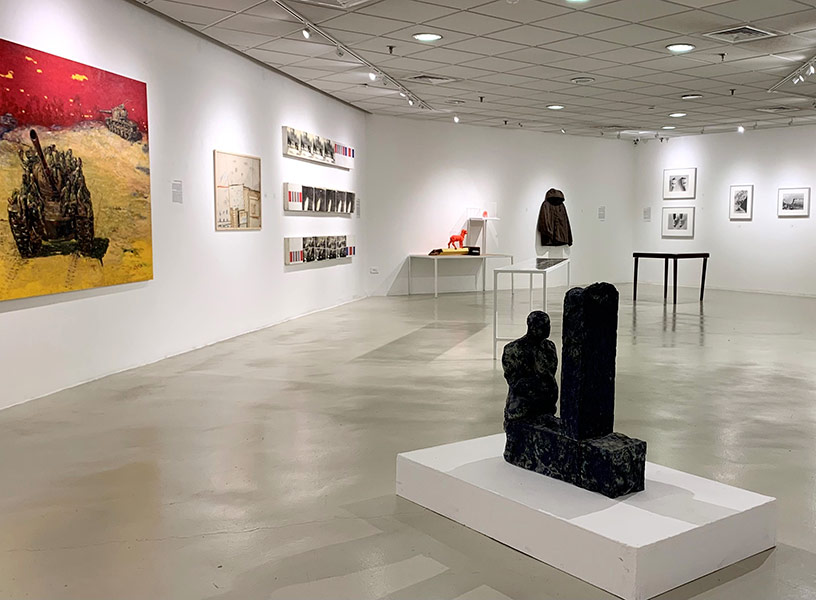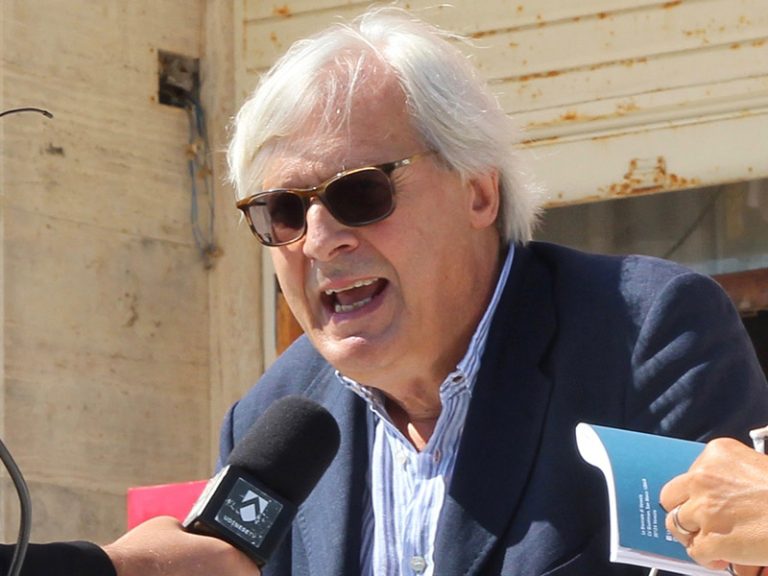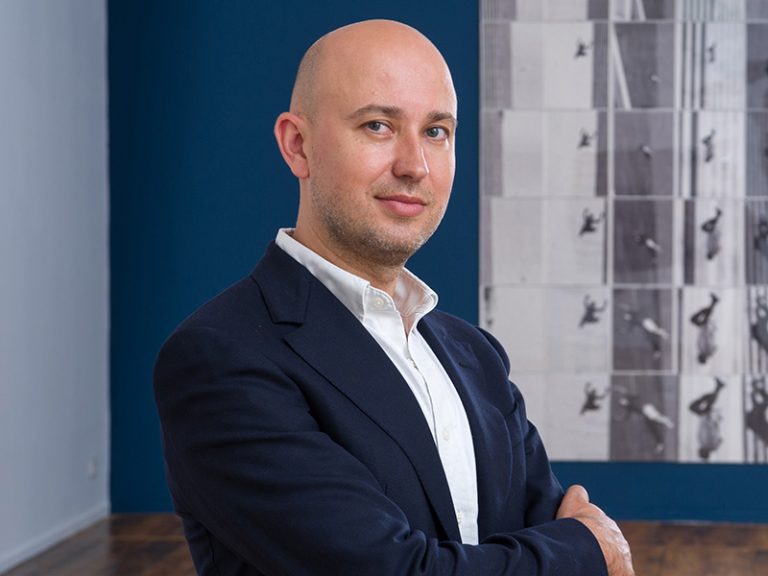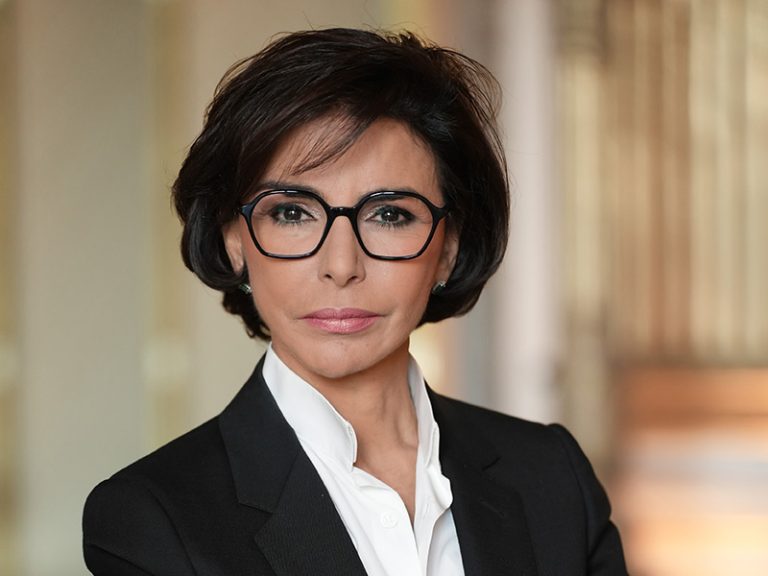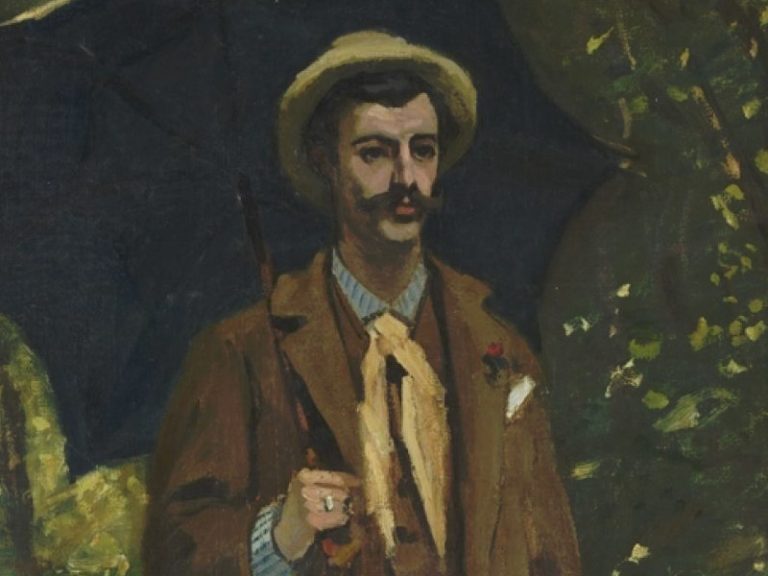Israel. Exhibition curators, no more than artists, are prophets. When Michal Shachnai Yaacobi and Shahar Marnin-Distelfeld inaugurated their exhibition on September 22, “1973, Map of Marking Memory – Five Decades of Creation”, they did not imagine that barely two weeks later the terrible massacre perpetrated by Hamas in Israel and the war that followed. Like other museums in Israel, this cultural center, located in Kiryat Tivon, a flowery town in the north of the country, closed for some time. However, according to organizers, public demand was such that the venue reopened quickly. Everything suggests that there is an urgent need to move away, even for a short time, from television screens where the tragic scenes of a reality that is difficult to bear are playing over and over again. However, the exhibition, which marks fifty years since the Yom Kippur War – this event which deeply traumatized society in Israel – is not comforting. As is often the case, if Israeli artistic expression retains its own specificity, it is because we detect signs of tension and nervousness, which recall the political situation in the country. Rare, in fact, are the countries where the impact of reality is so inseparable from artistic expression.
According to Michal Shachnai Yaacobi, when faced with the works, visitors have the impression that history is repeating itself, live, half a century later. What’s more, this cultural center is also a memorial built thanks to the parents who lost their children during this deadly conflict where there were only losers on both sides.
The war between two generations
The artists gathered here belong to two generations. The first is those who actively participated in the Yom Kippur War – some of them were injured during the fighting. Among them, the memory as much as the flesh was left lastingly marked. Their traumatic experience remained buried for a more or less long period, before resurfacing. The second, younger generation was confronted with a heated debate after the war, leaving an undeniable impact on a society which had lost its certainties.
Remarkably, not only are the two curators of the exhibition women – each lost their father during different hostilities – but there is also parity between creators of both sexes. A way of saying that war and its consequences are not only the business of men.
The course is structured around three sections: “Shock waves”, “Scarified landscape” and “Invitation to cry”. All three have as their subject the wounds of the Yom Kippur War, which periodically – the Lebanese War, the Intifadas – open up again. The title of David Ginton’s work, which literally describes a photographed performance, Bury your head in the sand, is a Hebrew language version of the French saying “to play in the sand.” For him, it is about evoking the blindness which characterized the entire Israeli establishment in 1973, despite alarming signs. Blindness which Michal Neeman’s installation insists on with cruel irony, The Eyes of the Fatherland (1974). The artist repeats the phrase “We are the eyes of the homeland”, which became famous – today we would say “viral” – of a fighter who was stationed during the Yom Kippur War facing the Golan. Over time, this expression tinged with heroic accents has become a somewhat derisory commonplace. Here, drawn on a banner placed on a beach in Tel Aviv, the sentence has lost its splendor.
David Wakstein is also part of the demystification and deconstruction of the notion of heroism, this way of giving letters of nobility to war. By aligning numerous medals and other distinctions side by side, he flattens these paltry decorations which have sometimes cost lives (Medals2000).
If the fighting primarily affects human beings, nature does not escape unscathed. Whether it is the bomb shelters and bunkers of Itschak-de-Lange or the “Necropolises” series by Gilad Ophir and Roi Kuper (1996), the traces of the destruction remain visible. The artist Yael Ribak, born in 1974, exactly one year after the Yom Kippur War, is the daughter of an aviator. In her work, she takes the photos taken by her father in Sinai and transforms them into engravings. The black smoke that we can see contrasts with these silent desert landscapes (Sinai, 19732021-2023).
Mourning and memories
The last chapter, “Invitation to cry”, discusses the different ways of grieving. In a country where memory is practically a national duty, personal mourning is never easy. Modesty or the glorification of sacrifice for the homeland, inscribed in the DNA of the Israeli character, leave little room for tears. The works show these small, insignificant nothings that only speak to those who remember them. A suit – a wedding dress, The bride was dressed in blackMiri Abramsohn (2020-2023) –, a toy – Uzi Amrani’s teddy bear (Fragile2020) –, or paintings made from a family album (Vered Nachmani, Mom and dad1996), are all banal objects that make up our existence.
On returning home, the visitor, who rushes to turn on the television set, cannot help but think that this exhibition has nothing of the “der des ders”. Can he console himself with the reflection of the Lebanese author, Selim Nassib: “Perhaps there will come a day when everyone will finally accept this simple truth: war in this unfortunate region does not bring the solution and never will. » (ReleaseNovember 7, 2023)?

